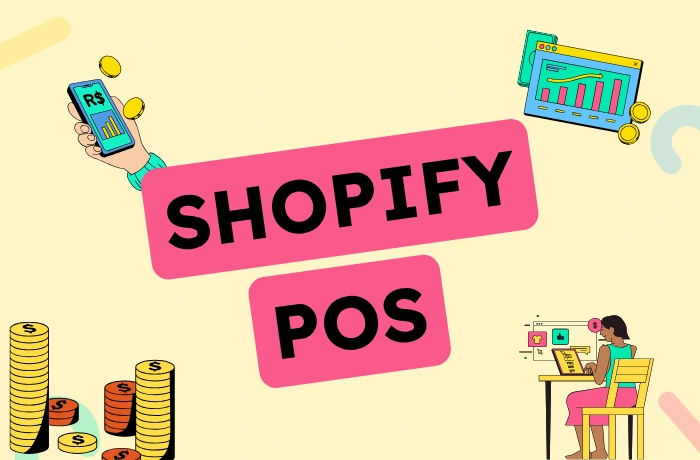Innovations in the payments field are providing consumers with an ever-increasing number of accessible options for making online purchases. We're currently seeing the rise of alternative payment methods (APMs), such as e-wallets, local payment methods and Buy Now Pay Later.
They are a highly effective short-term growth leverage for e-commerce sites, as they meet a growing expectation among shoppers. Conversely, neglecting them can have a negative impact on your business: 56% of Internet users don't hesitate to turn to another brand before they even start shopping, if they don't see their preferred payment option (Oxford Economics, 2021).
In this blog post, Payplug, a French omnichannel payment solution, goes back over the advantages of alternative payment methods, and explains how to implement them on your site.
What is an alternative payment method?
This refers to any means of payment other than cash or the main international card networks (Visa, Mastercard, American Express). It therefore includes national cards, prepaid cards, vouchers, bank transfers, e-wallets such as Apple Pay or Google Pay, or deferred and fractional payment.
Some payment methods can help reduce friction in the purchasing journey, while others are essential as part of an international expansion strategy.
Be careful, however: not all payment methods can be integrated into your site. To make your choice, you need to take into account your customers' geographical location and preferences, as well as your line of business and business model.
In the following section, we'll take a look at the reasons why you might choose one APM over another!
Why integrate alternative payment methods into your e-commerce site?
1. To adapt to the local market
Local payment methods are often very popular. In some countries, they are even the most frequently used payment method.
Here are just a few examples:
- Germany: the Giropay bank transfer method is used by 75% of Germans, i.e. 55 million users1 ;
- Belgium: 43% of Internet purchases are made using Bancontact, compared with 25% for Visa and Mastercard2 ;
- Netherlands: the iDEAL bank transfer system accounts for 70% of online payments1 ;
- Italy: Satispay is a fast-growing payment application, with 1.5 million users and over 4,000 new registrations a day by 2023! We can also mention MyBank, a solution that has processed over 10 billion transactions by 20221.
But offering local payment methods is not just the prerogative of websites that sell their products and services abroad. In France, the CB group leads the market, accounting for 75% of online transactions3.
2. To offer a seamless shopping experience on mobile
If mobile represents a significant proportion of your traffic, you'll want to offer your customers an e-wallet like PayPal, Google Pay or Apple Pay.
It's one of the smoothest payment methods available today: as the buyer's bank details are pre-registered, all they need to do is identify themselves with a password or biometrics to confirm their purchase. There's no need to take out a credit card or authenticate through your bank's app.
In 2021, digital wallets accounted for 27% of e-commerce payments in Europe. They should exceed 31% by 20264, close on the heels of credit card payments.
3. To increase your average order value
60% of Europeans have already paid in instalments and 1/4 of them prefer to shop on e-commerce sites that offer it5. This method of payment enables them to smooth out their spending: a flexibility which, in the current inflationary climate, is increasingly appreciated.
Essential if your average order value is over €50, split payments can also be useful if you're looking to increase sales quickly. It's both a conversion driver and an incentive for your visitors to add products to their shopping baskets.

How can you integrate alternative payment methods into your e-commerce store?
There are many different APMs, each designed to meet specific needs. As for local payment methods, their availability and popularity often vary according to geography, which can make it difficult for companies expanding internationally.
It therefore makes sense for e-merchants to rely on a payment partner with both local knowledge and a technological platform that can handle implementation of several payment methods at once.
The Payplug solution allows you to accept a wide range of payment methods, in addition to the classic CB, Visa, Mastercard and American Express :
- Local payment methods: Bancontact, Giropay, iDEAL, MyBank, Satispay, SOFORT ;
- Innovative payment methods: Apple Pay, Google Pay, split payment guaranteed with Oney.
Simply install one of their payment modules, and request activation of the options you are interested in. No technical skills are required, and you can try out their solution for free in Test mode. So don't hesitate any longer to try Payplug.
Sources :
- 1PPRO Payment Almanac, 2023 ;
- 2Buckaroo, 2020 ;
- 3Banque de France, 2022 ;
- 4TrueLayer, 2022 ;
- 5Kaleido Intelligence, 2020
Pssst... You might find this interesting!

.png)









.png)
.png)
.png)
.png)
.png)